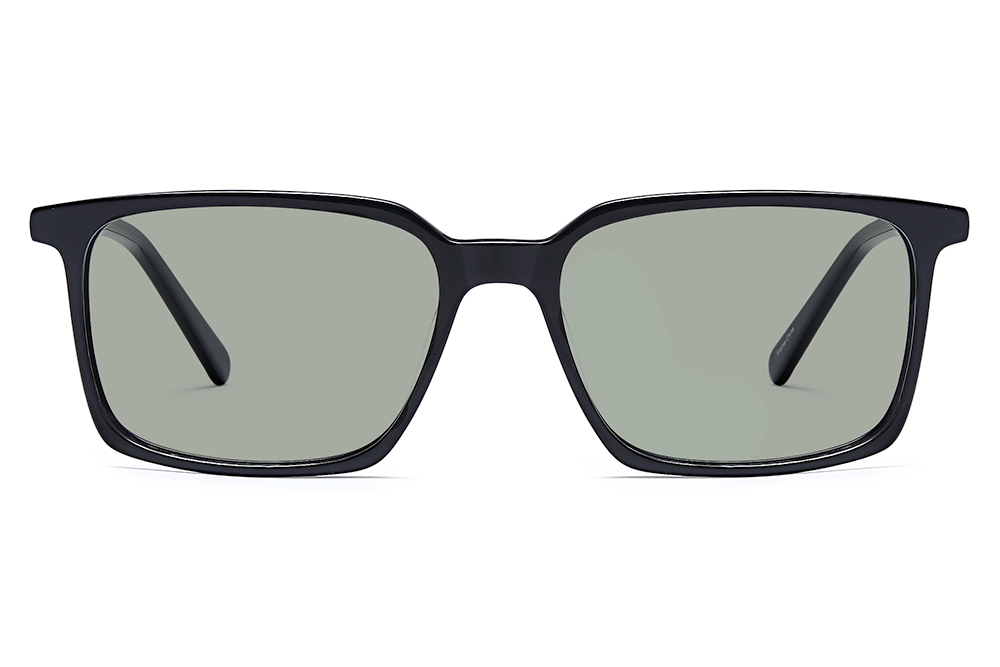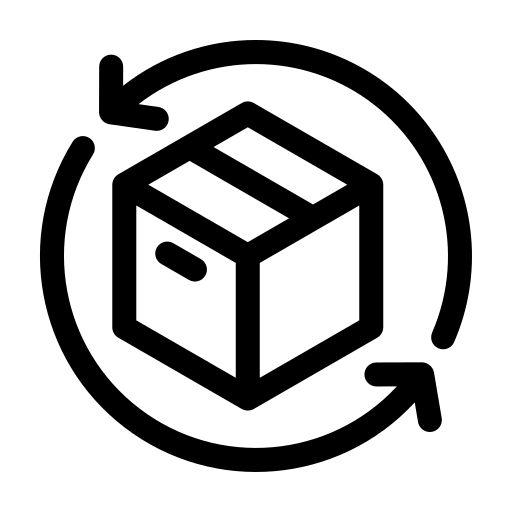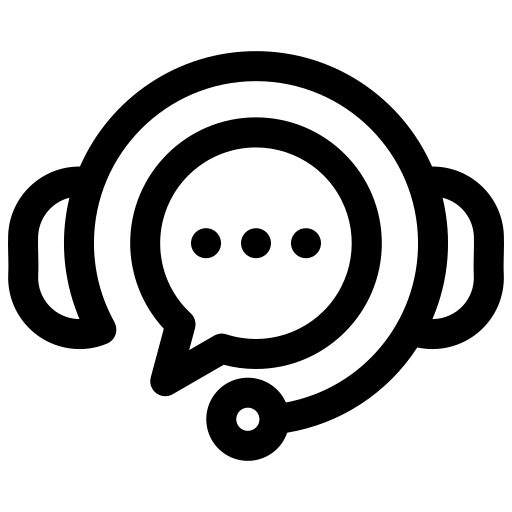The Push for Natural Migraine Treatments
Over the last decade there has been an increased push by many segments of society to find more holistic ways to treat migraine.
Firstly, whether an over-the-counter or prescription medication is taken, individual patients have the potential to be subjected to adverse side effects, unfavorable interactions between their migraine medicines and other medicines they’re taking, and the long-term effects that medicines will have on their bodies. Many patients also suffer non-effectiveness of migraine medicines after they have taken them for a long period of time, a mechanism known as tolerance1.
Secondly, women are the largest population of migraine sufferers, approximately 75%, and the majority of these women are in their peak childbearing years. Many women remain entirely wary of taking any medications, especially if they think they may be pregnant or if they’re trying to become pregnant.
Lastly, many migraine sufferers acknowledge the side effects of the current migraine medicines available to them and are focused on finding more natural treatments.
As a result of the above, we have seen a proliferation in research to find safe and effective nonmedicinal migraine therapies.
The Research Behind Natural Migraine Treatments
In 2019, one study performed at the New York University Langone/New York University School of Medicine assessed the use of a smart phone application called RELAXaHEAD to help migraine sufferers. It is essentially a form of behavioral therapy, helping people relax and tense their muscles on an alternating basis, hoping to achieve an overall reduction in their stress levels.
The study authors noted that such alternative therapies are crucial, as an individual’s beliefs and lifestyles often dictate the kind of therapy that they are looking for. While the app, "can effectively teach patients lifelong skills needed to manage their migraines"2, researchers are looking for ways to promote frequent use of the app so migraine sufferers can self-manage their behavioral therapy. Alternative behavioral therapies come at an expense and inconvenience to some migraine sufferers, therefore resulting in a strictly pharmaceutical treatment plan.
Another study published in the medical journal Cephalgia in 2018 studied the treatment of acute migraines using a partial rebreathing device. The pilot study done at the Headache Clinic at Aarhus University Hospital in Denmark, with 11 patients who specifically had migraine headaches with auras, showed promising preliminary results with respect to pain relief, though a more extensive trial has not yet been conducted3. The theory is based on the fact that migraines need both carbon dioxide and oxygen to develop. They felt that a migraine may be blocked by interrupting the normal levels of oxygen and carbon dioxide in the brain. This is clearly an interesting approach.
In yet another study that has not yet been published, but was presented at the Endocrine Society’s annual meeting in 2019, it was noted that obese migraine sufferers can improve their overall quality of life by losing weight. It was noted that weight loss had a positive effect both on the frequency and intensity of migraine headaches. This study was conducted on 473 obese migraine patients. Additionally, losing weight reduces the impact of other medical conditions such as high blood pressure, diabetes, heart disease, and stroke4.
In 2019, a study published in the European Journal of Neurology demonstrated that in a population of 2197 migraine sufferers, red wine consistently led to an attack in 8.8% of participants. While alcoholic beverages are recognized as a migraine trigger and therefore have an effect on alcohol consumption behavior, the low consistency in association of alcohol and migraine suggests that alcohol as a sole trigger is insufficient and may depend on “a fluctuating trigger threshold”5.
Another published article in 2018 revealed a large amount of scientific evidence in the medical literature related to various nonpharmacological approaches to migraine treatment. They discuss the use of various nutraceuticals, herbal extracts, as well as biofeedback and acupuncture. While many of these treatments lack any credible strong scientific evidence, they noted that there are some potentially beneficial non-pharmacological (without the use of pharmaceuticals) treatments for migraine sufferers. The treatments that appear to have strong scientific evidence, as well as strong potential, include neuromodulation, transcranial nerve stimulation, vagal nerve stimulation, and single pulse transcranial magnetic stimulation1. The conclusion of this research will appeal to many migraine patients.
The researchers felt that the use of non-pharmacological treatment for migraine sufferers is a growing area, and the focus of much active clinical research. They encouraged physicians to consider non-pharmacological options for those patients who are simply intolerant or unwilling to take oral or injectable medications.
Our Solution – A Clinically Proven and Patented Precision Tinted Optical Filter – Avulux® Migraine Glasses
The team at Avulux® performed over eight years of clinical and optical engineering research to create a safe and tool to manage light, as part of a healthy lifestyle, for individuals with migraine and light sensitivity. Avulux lenses align with the most recent research linking certain wavelengths of light to increased migraine headache pain.
A study in 2016 found that white, blue, amber, and red light increased the migraine subjects’ headache pain intensity and green light was actually shown to reduce, or not worsen, pain intensity. Therefore, specifically filtering out certain wavelengths of light and allowing other wavelengths of light in may prove beneficial in reducing photophobia and potentially headache intensity6.
After spending years developing a precision tinted lens to only allow certain wavelengths of light into a user’s retina, Avulux performed clinical studies that showed efficacy in helping manage the impact of light for people living with migraine.
Avulux® is a Class I Medical Device in Canada, the United Kingdom, and the European Union and a General Wellness Device in the USA.
Best of all, there’s no risk. If you're not satisfied with Avulux, return them for a refund.
Read more about the science here.
References:
1Puledda, Francesca, and Kevin Shields. “Non-Pharmacological Approaches for Migraine.” Neurotherapeutics : the journal of the American Society for Experimental NeuroTherapeutics vol. 15,2 (2018): 336-345. doi:10.1007/s13311-018-0623-6
https://www.ncbi.nlm.nih.gov/ pmc/articles/PMC5935652/
2NYU Langone Health / NYU School of Medicine. "Smartphone relaxation app helps some manage migraine." ScienceDaily. ScienceDaily, 4 June 2019. www.sciencedaily.com/ releases/2019/06/190604084850.htm
3Fuglsang, Cecilia H., et al. “Treatment of Acute Migraine by a Partial Rebreathing Device: A Randomized Controlled Pilot Study.” Cephalalgia, vol. 38, no. 10, Sept. 2018, pp. 1632–1643, doi:10.1177/ 0333102418797285.
4The Endocrine Society. "For migraine sufferers with obesity, losing weight can decrease headaches." ScienceDaily. ScienceDaily, 23 March 2019. www.sciencedaily.com/ releases/2019/03/190323145207.htm
5Onderwater, G. L., Oosterhout, W. P., Schoonman, G. G., Ferrari, M. D. and Terwindt, G. M. (2019), Alcoholic beverages as trigger factor and the effect on alcohol consumption behavior in patients with migraine. Eur J Neurol, 26: 588-595. doi:10.1111/ene.13861
6Rodrigo Noseda, Carolyn A. Bernstein, Rony-Reuven Nir, Alice J. Lee, Anne B. Fulton, Suzanne M. Bertisch, Alexandra Hovaguimian, Dean M. Cestari, Rodrigo Saavedra-Walker, David Borsook, Bruce L. Doran, Catherine Buettner, Rami Burstein, Migraine photophobia originating in cone-driven retinal pathways, Brain, Volume 139, Issue 7, July 2016, Pages 1971–1986, https://doi.org/10.1093/brain/aww119













